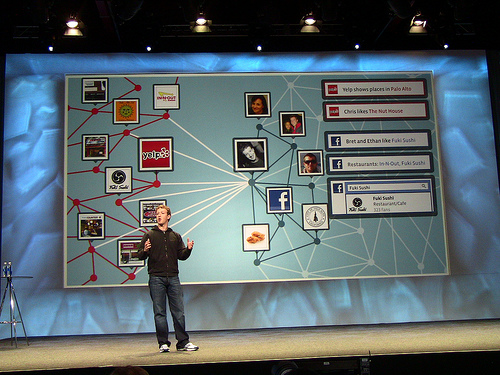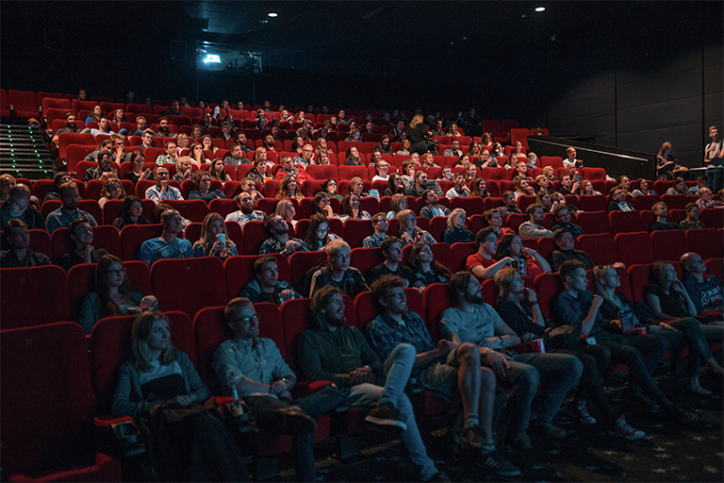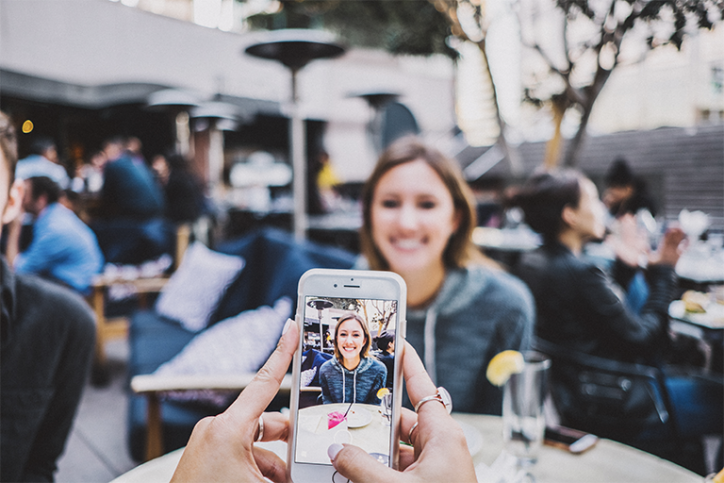Facebook is all about connections, whether it be your connection to a person, a brand, a place or an activity. Facebook gives you the opportunity to be connected to everything you care about through a structure known as the Open Graph. This is the core of Facebook. The latest version of the Open Graph was announced at f8 last year and is aligned with Timeline’s storytelling theme. It allows for your actions to be shared on your Timeline in real time, in essence, illustrating your “story”. The Open Graph works by incorporating third party apps that add more depth and dimensions to the Facebook experience by making it more personal.
Beyond “Like”
Moving beyond the simple “Like” button makes the experience on Facebook richer for users and brands alike. The opportunity to integrate an app or action into your marketing plan really makes it come alive. There are three components that make up the Open Graph:
- The Facebook permissions screen lays out what type of stories will be shared the first time you grant an app permission to post to your Facebook Timeline. You will be asked for permission one time. The app can then post without asking you again.
- The new Open Graph changes how your updates are shared. Status updates automatically appear in the ticker, but will only be shared in the News Feed when it’s an important event, enabling you to discover new content from your friends in real time.
- User experiences, such as listening to music or reading an article, will be filtered through the Open Graph and displayed in the ticker.
Open Graph: Tailoring Your Online Experience
Facebook Developers explains the Open Graph in terms of Protocol: “The Open Graph Protocol enables you to integrate your Web pages into the social graph. It is currently designed for Web pages representing profiles of real-world things — things like movies, sports teams, celebrities, and restaurants. Including Open Graph tags on your Web page, makes your page equivalent to a Facebook Page. This means when a user clicks a Like button on your page, a connection is made between your page and the user. Your page will appear in the “Likes and Interests” section of the user’s profile, and you have the ability to publish updates to the user. Your page will show up in the same places that Facebook pages show up around the site (e.g. search), and you can target ads to people who like your content. The structured data you provide via the Open Graph Protocol defines how your page will be represented on Facebook.”
This gives marketers and users alike the best of both worlds. Marketers are given a direct line to reach users most interested in what they have to offer, and, as a consumer, you will see products and services that align well with what you really want and need, based on your activities collected from the Open Graph. Yelp is a prime example of how the Open Graph works. Yelp is connected to your Facebook Timeline. You have “liked” or checked in to several Italian restaurants in the past couple of months. When you are browsing through Facebook, you notice a sponsored story ad telling you that three of your friends like a new Italian place that opened a couple weeks ago. You link through Yelp to read the reviews. This is one example of the harmony the Open Graph can create between businesses and consumers.
The Open Graph has opened up the web for many third-party apps to take advantage of the connectedness it offers. Anyone can create an app that can be integrated with the Open Graph. Be mindful of the formula for engagement when creating an app: User takes ACTION on an OBJECT. For example, I LISTEN to Madonna’s new SONG. I READ and ARTICLE. I COOKED a RECIPE, and so on. A popular action to take recently is to PIN to a BOARD using the Pinterest App. Which brings up the always-present question about Facebook: privacy.
While browsing my news feed one afternoon, I noticed my cousin’s status shout for help, “How do I stop Facebook from posting every single thing I pin to my Timeline?” There are some things you want to share, and other things you’d rather not. Facebook has limited the older large-scale privacy control in favor of integrating the privacy within apps. Some folks may find it tedious to go into each app they post through to adjust privacy, but it also gives you a lot more options. You can be more creative with what you share and what you don’t; remember the privacy controls are located within each post.
That being said, the Open Graph is great for consumers and marketers alike, as it ties everything you care about into a tighter digital package and brings consumers closer to the companies they “Like”, “Read” or “Listen To”, which is just the beginning.
More information related to this article can be found here:
https://developers.facebook.com/docs/opengraph/
http://mashable.com/2010/04/21/facebook-open-graph/
Post written by Tia Marie Kemp aka @TiaMarieKemp.





